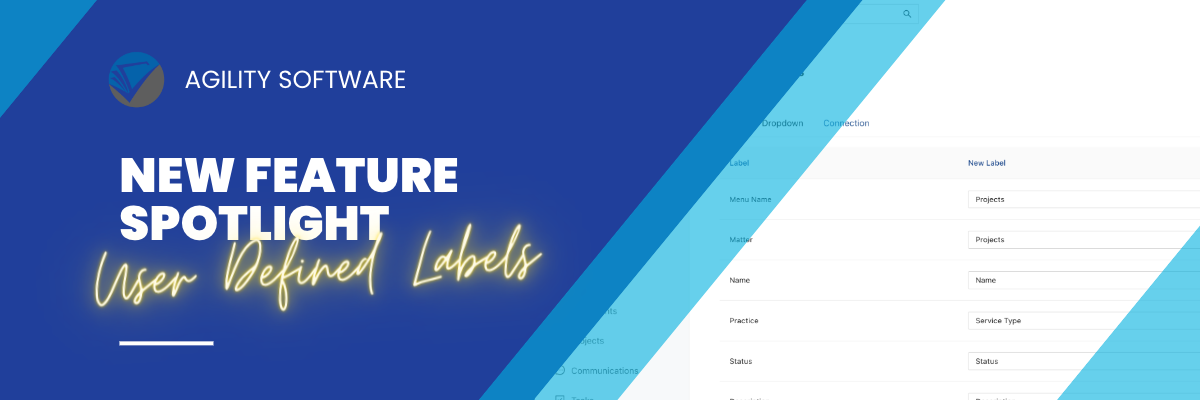User Defined Labels
AGILITY was built with flexibility in mind, and the inclusion of user-defined labels is a smart move. This feature helps AGILITY to appeal to a broad range of businesses across various industries by allowing users to customize and personalize their labels to suit their unique needs.
By providing users with the ability to define labels specific to their industry or business, AGILITY can offer a more tailored and personalized experience for its users. This can improve the usability of the software and make it easier for users to manage their data effectively.
Furthermore, the flexibility that comes with user-defined labels can also help to future-proof the software. As businesses and industries evolve, their data management needs may change. By allowing users to define their labels, AGILITY can adapt to these changes and continue to be a valuable tool for its users over time.
Overall, the inclusion of user-defined labels is a smart feature for AGILITY and will likely be appreciated by its users.
User-defined labels in a database software offer several advantages, including:
- Customization: User-defined labels allow users to create personalized labels that reflect their specific needs and preferences. This customization makes it easier for users to organize and find the data they need quickly and efficiently.
- Flexibility: User-defined labels provide users with the flexibility to create and assign labels based on their unique requirements. This means that users can define labels that are specific to their industry, project, or team, and adapt them as their needs change.
- Better Data Management: User-defined labels can help users to better manage their data by providing a structured and consistent way to categorize and organize their information. This can make it easier for users to search for and retrieve data, and can help prevent errors or duplication of information.
- Improved Collaboration: User-defined labels can facilitate collaboration between team members by providing a shared language and structure for organizing data. This can help to ensure that everyone is on the same page and that important information is not overlooked.
- Increased Efficiency: By enabling users to quickly and easily find the data they need, user-defined labels can help to increase efficiency and productivity. This can save time and reduce the risk of errors, which can ultimately lead to better decision-making and improved outcomes.

